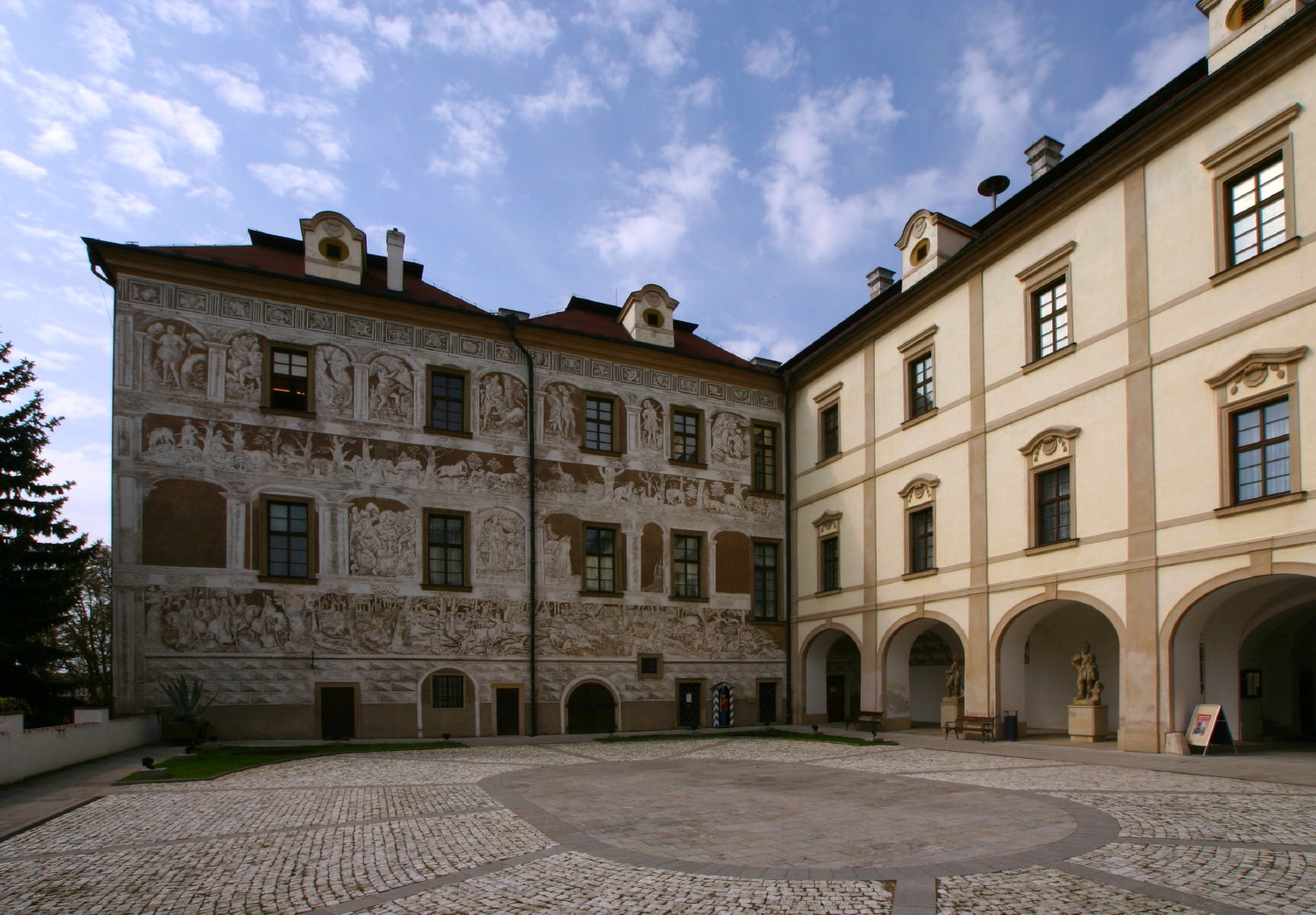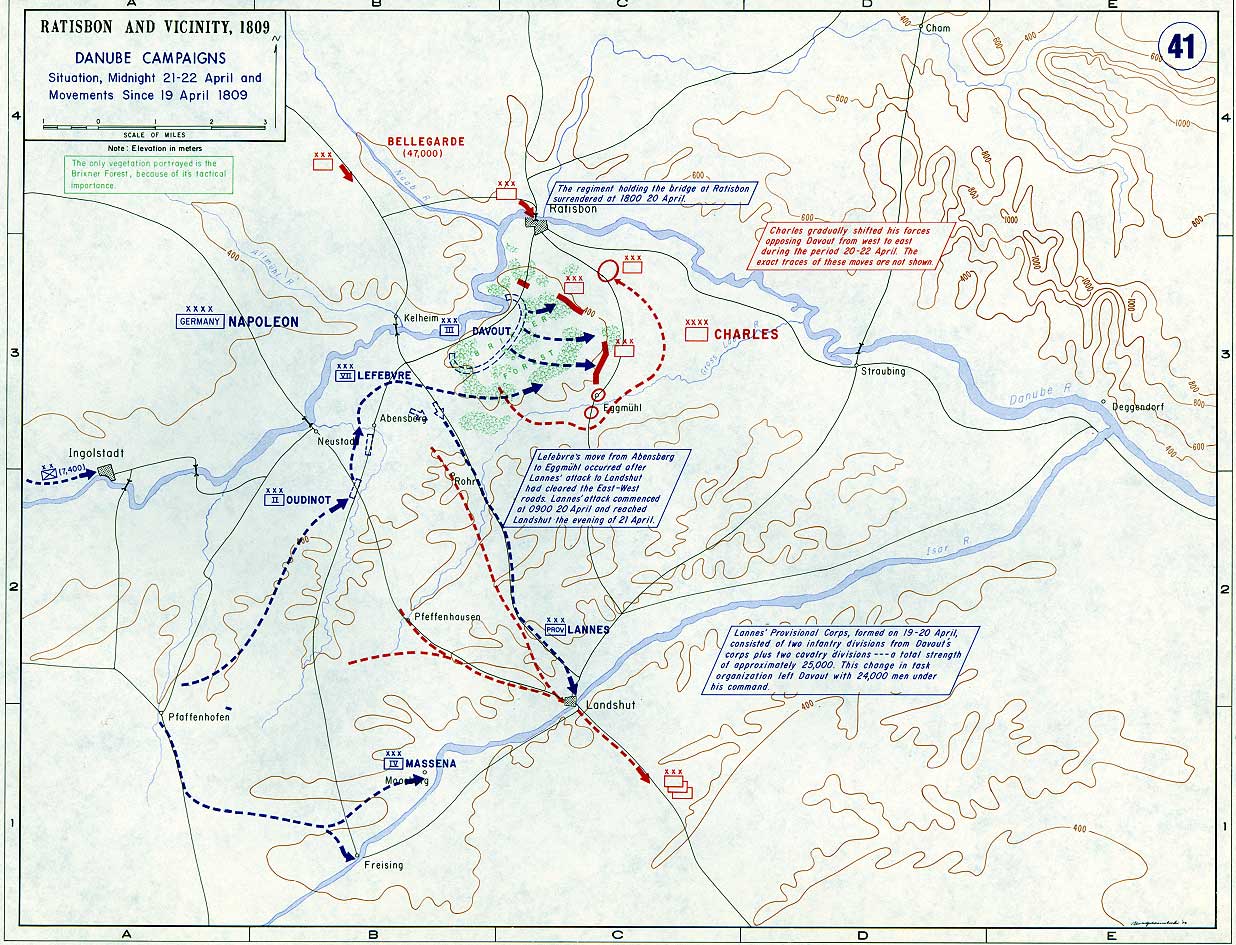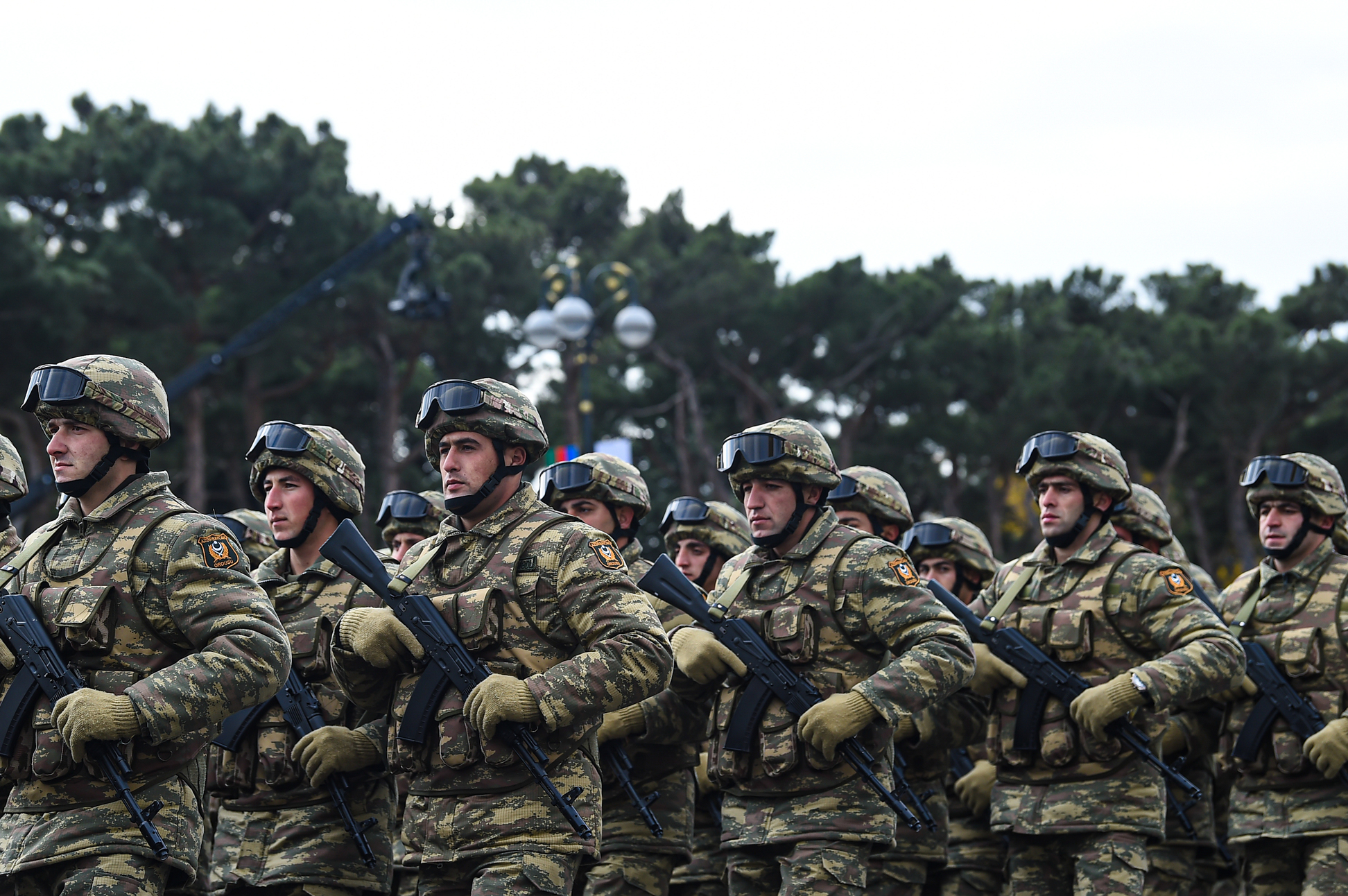|
Battle Of Wagram
The Battle of Wagram (; 5–6 July 1809) was a military engagement of the Napoleonic Wars that ended in a costly but decisive victory for Emperor of the French, Emperor Napoleon's French and allied army against the Austrian Empire, Austrian army under the command of Archduke Charles, Duke of Teschen, Archduke Charles of Austria-Teschen. The battle led to the breakup of the Fifth Coalition, the Austrian and British-led alliance against France. Wagram was the largest battle in European history up to its time. In 1809, the French military presence in the Confederation of the Rhine was diminished as Napoleon transferred a number of soldiers to fight in the Peninsular War. As a result, the Austrian Empire saw its chance to recover some of its former sphere of influence and invaded the Kingdom of Bavaria, a French ally. Recovering from his initial surprise, Napoleon beat the Austrian forces and occupied Vienna at the beginning of May 1809. Despite the string of sharp defeats and the l ... [...More Info...] [...Related Items...] OR: [Wikipedia] [Google] [Baidu] [Amazon] |
Johann Von Klenau
Johann Josef Cajetan Graf von Klenau, Freiherr von Janowitz (; 13 April 1758 – 6 October 1819) was a field marshal in the Hapsburg Monarchy, Habsburg army. Klenau, the son of a Bohemian nobility, Bohemian noble, joined the House of Habsburg, Habsburg military as a teenager and fought in the War of Bavarian Succession against Kingdom of Prussia, Prussia, Austria's Austro–Turkish War (1787–1791), wars with the Ottoman Empire, the French Revolutionary Wars, and the Napoleonic Wars, in which he commanded a corps in several important battles. In the early years of the French Revolutionary Wars, Klenau distinguished himself at the First Battle of Wissembourg (1793), Wissembourg lines, and led a battle-winning charge at Heidelberg#City districts, Handschuhsheim in 1795. As commander of the War of the Second Coalition, Coalition's left flank in the Adige campaign in northern Italy in 1799, he was instrumental in isolating the French-held fortresses on the Po River by organizin ... [...More Info...] [...Related Items...] OR: [Wikipedia] [Google] [Baidu] [Amazon] |
War Of The Fifth Coalition
The War of the Fifth Coalition was a European conflict in 1809 that was part of the Napoleonic Wars and the Coalition Wars. The main conflict took place in Central Europe between the Austrian Empire of Francis I and Napoleon's French Empire. The French were supported by their client states—the Kingdom of Italy, the Confederation of the Rhine and the Duchy of Warsaw. Austria was supported by the Fifth Coalition which included the United Kingdom, Portugal, Spain, and the Kingdoms of Sardinia and Sicily, although the latter two took no part in the fighting. By the start of 1809 much of the French army was committed to the Peninsular War against Britain, Spain and Portugal. After France withdrew 108,000 soldiers from Germany, Austria attacked France to seek the recovery of territories lost in the 1803–1806 War of the Third Coalition. The Austrians hoped Prussia would support them, having recently been defeated by France, but Prussia chose to remain neutral. On 10 April 18 ... [...More Info...] [...Related Items...] OR: [Wikipedia] [Google] [Baidu] [Amazon] |
Jacques MacDonald
Jacques or Jacq are believed to originate from the Middle Ages in the historic northwest Brittany region in France, and have since spread around the world over the centuries. To date, there are over one hundred identified noble families related to the surname by the Nobility & Gentry of Great Britain & Ireland. Origins The origin of this surname comes from the Latin ' Iacobus', associated with the biblical patriarch Jacob. Ancient history A French knight returning from the Crusades in the Holy Lands probably adopted the surname from "Saint Jacques" (or "James the Greater"). James the Greater was one of Jesus' Twelve Apostles, and is believed to be the first martyred apostle. Being endowed with this surname was an honor at the time and it is likely that the Church allowed it because of acts during the Crusades. Indeed, at this time, the use of biblical, Christian, or Hebrew names and surnames became very popular, and entered the European lexicon. Robert J., a Knight Crusader ... [...More Info...] [...Related Items...] OR: [Wikipedia] [Google] [Baidu] [Amazon] |
Battle Of Landshut (1809)
The Battle of Landshut took place on 21 April 1809 between the French, Württembergers (VIII Corps) and Bavarians (VII Corps) under Napoleon which numbered about 77,000 strong, and 36,000 Austrians under the General Johann von Hiller. The Austrians, though outnumbered, fought hard until Napoleon arrived, when the battle subsequently became a clear French victory. Prelude There were in fact two engagements at Landshut. The first occurred on 16 April when Hiller pushed a defending Bavarian division out of the town. Five days later, after the French victory at Abensberg, the left wing of the Austrian army (36,000 men) withdrew on Landshut (this force was once more led by Hiller). Napoleon believed that this was the main Austrian army and ordered Lannes to pursue the enemy. Lannes’s troops caught up with Hiller on the twenty-first. Hiller had decided to defend Landshut to allow his baggage train to withdraw. At Landshut the Isar river was spanned by two bridges with a small i ... [...More Info...] [...Related Items...] OR: [Wikipedia] [Google] [Baidu] [Amazon] |
Battle Of Abensberg
The Battle of Abensberg took place on 20 April 1809 between a Franco-German force under the command of Emperor Napoleon I of France and a reinforced Austrian corps led by Feldmarschall-Leutnant Archduke Louis of Austria. As the day wore on, Feldmarschall-Leutnant Johann von Hiller arrived with reinforcements to take command of the three corps that formed the Austrian left wing. The action ended in a complete Franco-German victory. The battlefield was southeast of Abensberg and included clashes at Offenstetten, Biburg- Siegenburg, Rohr in Niederbayern, and Rottenburg an der Laaber. On the same day, the French garrison of Regensburg capitulated. After Marshal Louis-Nicolas Davout's hard-fought victory at Battle of Teugen-Hausen the previous day, Napoleon determined to break through the Austrian defenses behind the Abens River. The emperor assembled a provisional corps consisting of part of Davout's corps plus cavalry and gave Marshal Jean Lannes command over it. Napoleon ... [...More Info...] [...Related Items...] OR: [Wikipedia] [Google] [Baidu] [Amazon] |
Battle Of Teugen-Hausen
A battle is an occurrence of combat in warfare between opposing military units of any number or size. A war usually consists of multiple battles. In general, a battle is a military engagement that is well defined in duration, area, and force commitment. An engagement with only limited commitment between the forces and without decisive results is sometimes called a skirmish. The word "battle" can also be used infrequently to refer to an entire operational campaign, although this usage greatly diverges from its conventional or customary meaning. Generally, the word "battle" is used for such campaigns if referring to a protracted combat encounter in which either one or both of the combatants had the same methods, resources, and strategic objectives throughout the encounter. Some prominent examples of this would be the Battle of the Atlantic, Battle of Britain, and the Battle of France, all in World War II. Wars and military campaigns are guided by military strategy, whereas ba ... [...More Info...] [...Related Items...] OR: [Wikipedia] [Google] [Baidu] [Amazon] |
Battle Of Sacile
The Battle of Sacile (also known as the Battle of Fontana Fredda) on 16 April 1809 and its companion Clash at Pordenone on 15 April saw an Austrian army commanded by Archduke John of Austria defeat a Franco-Italian army led by Eugène de Beauharnais and force it to retreat. Sacile proved to be the most notable victory of John's career. The action took place east of the Livenza River near Sacile in modern-day Italy during the War of the Fifth Coalition, part of the Napoleonic Wars. In April 1809, Archduke John quickly invaded Venetia in northeastern Italy. On 15 April at Pordenone, the Austrian advance guard routed the French rear guard, inflicting heavy losses. Undeterred by this setback and believing he enjoyed a numerical superiority over his opponents, Eugène attacked the Austrians east of Sacile the following day. Though the two sides were equal in numbers of foot soldiers, the Austrians possessed a two-to-one advantage in cavalry, and this turned out to be a key fact ... [...More Info...] [...Related Items...] OR: [Wikipedia] [Google] [Baidu] [Amazon] |
Army Of Germany (1809)
An army, ground force or land force is an armed force that fights primarily on land. In the broadest sense, it is the land-based military branch, service branch or armed service of a nation or country. It may also include aviation assets by possessing an army aviation component. Within a national military force, the word army may also mean a field army. Definition In some countries, such as France and China, the term "army", especially in its plural form "armies", has the broader meaning of armed forces as a whole, while retaining the colloquial sense of land forces. To differentiate the colloquial army from the formal concept of military force, the term is qualified, for example in France the land force is called , meaning Land Army, and the air and space force is called , meaning Air and Space Army. The naval force, although not using the term "army", is also included in the broad sense of the term "armies" — thus the French Navy is an integral component of the collective ... [...More Info...] [...Related Items...] OR: [Wikipedia] [Google] [Baidu] [Amazon] |
Johann I Joseph, Prince Of Liechtenstein
Johann I Joseph (''Johann Baptist Josef Adam Johann Nepomuk Aloys Franz de Paula''; 26 June 1760 – 20 April 1836) was Prince of Liechtenstein between 1805 and 1806 and again from 1814 until 1836. He was the last Liechtenstein prince to rule under the Holy Roman Empire between 1805 and 1806 and as regent of Liechtenstein from 1806 until 1814. He was the fourth son of Franz Joseph I, Prince of Liechtenstein. Early career Johann chose a military career and at age 21 entered the army as a lieutenant in a cuirassier regiment. In the year 1785 Johann joined the Freemason lodge in Vienna. During the Austro-Turkish War (1788–1791) he earned, in rapid succession, promotion to Major, Oberstleutnant, and Oberst (colonel). He earned renown as a good cavalry officer and was honored with the Knight's Cross of the Military Order of Maria Theresa in 1790. French Revolutionary Wars During the French Revolutionary Wars, he participated in an "outstandingly effective cavalry action" at Ave ... [...More Info...] [...Related Items...] OR: [Wikipedia] [Google] [Baidu] [Amazon] |
Franz Seraph Of Orsini-Rosenberg
Prince Franz Seraph von Orsini-Rosenberg (18 October 1761 – 4 August 1832) was born a member of Orsini-Rosenberg family, son of Prince Vinzenz Fererius von Orsini-Rosenberg and Maria Juliana, Countess von Stubenberg. He joined the army of Habsburg Austria and fought against the Ottoman Turks, winning a prestigious award for bravery. In the 1790s, he served in the wars against the First French Republic and received promotion to general officer. During the Napoleonic Wars he led a division in 1805 and an army corps in 1809. He became a member of the Hofkriegsrat (Aulic Council) in 1811. He was the Proprietor (Inhaber) of an Austrian light cavalry regiment from 1801 until his death. Wagram At the Battle of Wagram, Rosenberg commanded the IV Armeekorps on the left flank.Bowden & Tarbox, p 130-131 See also * List of princes of Austria-Hungary * Franz Xaver Wolfgang von Orsini-Rosenberg * Orsini-Rosenberg The House of Orsini-Rosenberg (also Ursin-Rosenberg) is the name of an ... [...More Info...] [...Related Items...] OR: [Wikipedia] [Google] [Baidu] [Amazon] |
Johann Kollowrat
Feldmarschall Johann Karl, Graf von Kolowrat-Krakowsky (21 December 1748 – 5 June 1816) joined the Austrian army, fought against the Kingdom of Prussia and Ottoman Turkey before being promoted to general officer rank. During combat against the French in the French Revolutionary Wars, he first became known as an artillery specialist. In the Napoleonic Wars, he commanded corps in the 1805 and 1809 campaigns. He became the Proprietor (Inhaber) of an Austrian infantry regiment in 1801 and held that position until his death. He was the last governor of the Kingdom of Serbia in 1791, having succeeded Count George Olivier of Wallis and acceded to those territories in accordance with the Treaty of Sistova. Early career Born in Prague on 21 December 1748, Kollowrat's military career began in 1766 when he joined the Austrian army. Two years later he became a captain. In 1778–79, he fought against the Prussians in the War of the Bavarian Succession during which he received promotio ... [...More Info...] [...Related Items...] OR: [Wikipedia] [Google] [Baidu] [Amazon] |
Prince Friedrich Franz Xaver Of Hohenzollern-Hechingen
Friedrich Franz Xaver Prince of Hohenzollern-Hechingen (31 May 1757 – 6 April 1844) was an Austrian general. He joined the Austrian military and fought against the Kingdom of Prussia, Ottoman Turkey, and the First French Republic. He was promoted to the rank of general officer during the French Revolutionary Wars. During the Napoleonic Wars, he led a division in 1805 and an army corps in 1809. He was Proprietor (Inhaber) of an Austrian cavalry regiment from 1802 to 1844. Early career Born into the princely family of Hohenzollern-Hechingen near Maastricht on 31 May 1757 in the modern-day Netherlands, Hohenzollern first joined the Dutch army in 1775. A year later, he entered the Habsburg service in his uncle's regiment, the ''Friedrich Anton of Hohenzollern-Hechingen'' Cuirassiers # 4. He later fought in the War of the Bavarian Succession. In 1783 he married Maria Theresia von Wildenstein. He served in the Austro-Turkish War (1787-1791), becoming a Major in 1788. After fighting ... [...More Info...] [...Related Items...] OR: [Wikipedia] [Google] [Baidu] [Amazon] |







